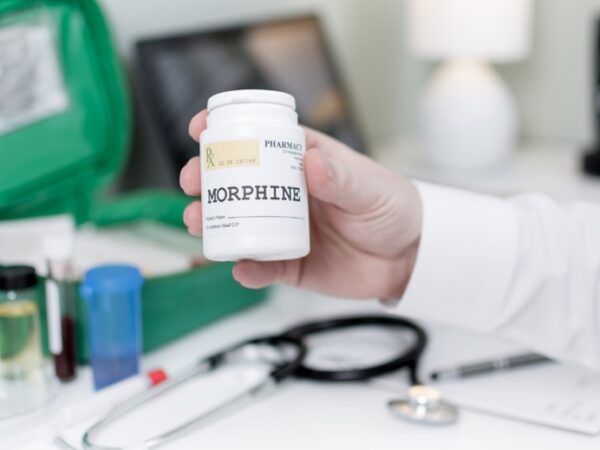Morphine is a powerful opioid painkiller used to treat severe pain. While it can be an effective treatment for pain, it can also lead to addiction and dependence if used improperly or for too long. When someone stops using morphine after becoming dependent on it, they may experience withdrawal symptoms. In this article, we will discuss what morphine withdrawal and detox are, the symptoms of withdrawal, and how to manage them.
What is Morphine Withdrawal?
Morphine withdrawal occurs when someone who has become physically dependent on the drug abruptly stops using it or significantly reduces their dose. Physical dependence means that the body has adapted to the presence of the drug and needs it to function normally. When someone stops using morphine, their body goes through a period of adjustment that can cause uncomfortable physical and psychological symptoms. Therefore listening to the morphine recovery podcast can be an effective tool to cope with the withdrawal symptoms and get to better health.
Symptoms of Morphine Withdrawal
The symptoms of morphine withdrawal can vary in severity depending on factors such as how much morphine was being used, how long it was being used, and the person’s individual physiology. Some common symptoms include:
- Anxiety
- Restlessness
- Insomnia
- Muscle aches and pains
- Sweating
- Nausea and vomiting
Symptoms of morphine withdrawal usually appear within a few hours after the last dose and can last for several days. It is important to note that these symptoms are not life-threatening, but they can be very uncomfortable and difficult to manage.
What is Morphine Detox?
Morphine detox involves removing all traces of the drug from someone’s system while managing their withdrawal symptoms. Detox can be done in an inpatient or outpatient setting depending on the severity of a person’s addiction and their individual needs.
Outpatient detox involves visiting a clinic or doctor’s office regularly for medication-assisted treatment (MAT) that helps ease withdrawal symptoms while gradually tapering off morphine use.
How to Manage Morphine Withdrawal Symptoms?
Managing morphine withdrawal symptoms is important because it can help prevent complications such as dehydration, malnutrition, electrolyte imbalances, seizures, or heart failure. Some ways to manage these symptoms include:
- Medication-Assisted Treatment (MAT): MAT involves taking medications such as buprenorphine or methadone that mimic the effects of opioids without producing euphoria.
- Behavioral Therapy: Behavioral therapy can help address underlying issues that contribute to addiction while providing tools for coping with cravings and triggers.
- Support Groups: Support groups like Narcotics Anonymous provide emotional support from others who have experienced similar struggles with addiction.
- Self-Care: Getting enough sleep, eating healthy foods, staying hydrated, and exercising regularly can all help alleviate some of the physical discomfort associated with withdrawal.
To Conclude
Morphine is a powerful painkiller, but its misuse can lead to dependence and addiction. If you or someone you know are struggling with morphine use disorder and experiencing withdrawal symptoms upon cessation of use, then seeking professional medical attention is necessary. Find an addiction treatment center to help manage your withdrawal symptoms and ensure lasting sobriety.




